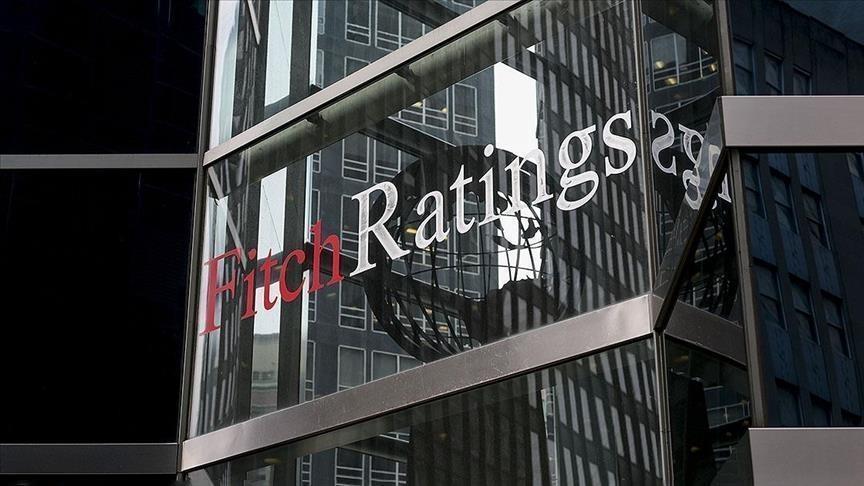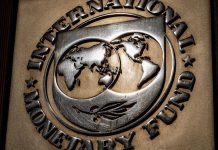*Writing by Emir Yildirim
Africa-Press – Tanzania. Projections that the world’s central banks will cut interest rates in the first quarter of 2024 continue to dwindle, even as dovish expectations come to the fore in the new year after nearly two years of inflation-focused hawkish policies.
The negative effects of the pandemic on production and supply chains, coupled with rising geopolitical risks, led to an increase in inflation globally, including in developed countries.
Fitch Ratings said the interest rate cuts of the world’s central banks will be geographically widespread in 2024, but the cuts will not be drastic.
But in a statement, Fitch said interest rates at the end of 2024 will still be well above pre-pandemic levels, while no further interest rate hikes are expected from the ECB or the Bank of England (BoE), with both banks expected to cut interest rates by 75 basis points by the end of the year.
US aims to reduce inflation to 2%
Inflation in the US started to rise after the pandemic, reaching a 41-year peak of 9.1% in June 2022.
The Federal Reserve left its interest rate unchanged at 0.25% from March 2020 to January 2022, raising the policy rate to a 22-year high of 5.25% to 5.5% last July in response to a peak in inflation.
Fed officials continued their verbal guidance to bring inflation down to a 2% target, keeping rates steady at that level until December.
Since the first days of the year, belief that the Fed will start a rate cut cycle in March has been weakening, as data released in the US indicated a strong economy, and bank officials said it is too early for a rate cut.
The Fed’s recently released Beige Book report said US economic activity has changed “little” since November, while increased consumer spending helped support the economy in recent weeks.
The Fed is on track to deliver a soft landing for the US economy, said Jan Hatzius, chief economist of the US-based investment firm Goldman Sachs, adding that a rate cut in March would make sense.
With the Fed set to announce its first interest rate decision of the year on Jan. 31, it is expected to keep the policy interest rate unchanged, while estimates that the bank will cut interest rates for the first time in March stand at 47%.
Europe navigates inflation, recession dilemma
The dilemma of inflation and recession is felt most intensely in Europe, with economic data leading to continued uncertainty, while expectations that the European Central Bank (ECB) will keep policy rates at 4.50% for an extended period continue to strengthen.
The Consumer Price Index in the eurozone rose 2.9% year-on-year in December, in line with expectations, while in the UK, it exceeded expectations with a jump of 4%.
After the release of the inflation data, the expectation that the ECB would cut interest rates for the first time in April weakened, but remains strong, while the Bank of England was expected to start cutting interest rates in June, but after the data the BoE was expected to start its rate cut in May.
In pricing in the money markets, it is certain that the ECB will leave interest rates unchanged at its meeting on Thursday, analysts say.
ECB President Christine Lagarde said last week that they are on the right track to reach the 2% inflation target, but not all the requirements have been met yet, and that a rate cut is “likely” in the summer.
Data from China and Japan, which are Europe’s major trading partners, continue to be the focus of investors in the region.
Asian central banks leave their interest rates unchanged
The People’s Bank of China (PBoC) left its policy and lending rates unchanged over the last two weeks, while the Bank of Japan (BoJ) also kept its monetary policy the same.
Growing concerns over economic activity in China strengthened after the PBoC left interest rates as is, as the Chinese government’s expected decisions to revive the economy are being closely monitored.
As for the BoJ, the bank left its policy rate unchanged at minus 0.1% on Tuesday and kept the yield curve control regime unchanged.
Turkish Central Bank expected to continue increasing its rates
In Türkiye, the economic administration that took office last June has taken many monetary policy steps, especially to fight inflation.
Türkiye’s Central Bank in June entered a tightening cycle, raising the policy rate from 8.5% to 42.50%.
The steps taken by the administration were welcomed positively in the markets as part of the fight against inflation, and the first interest rate decision of the year to be announced by the bank on Thursday is being closely watched, according to analysts.
Stating that the Turkish Central Bank is focusing on monetary tightening and its liraization strategy for the Turkish lira, and that the interest rate hike trend expectation is approaching its end, analysts reported that an interest rate cut cycle may start towards the end of the year, in line with the course of inflation.
Economists participating in an expectations survey conducted by Anadolu estimate that the bank will raise its one-week repo auction interest rate (policy rate) by 250 basis points to 45%.
As for the year-end policy rate expectations by economists, the median stood at 38.75%.
For More News And Analysis About Tanzania Follow Africa-Press







